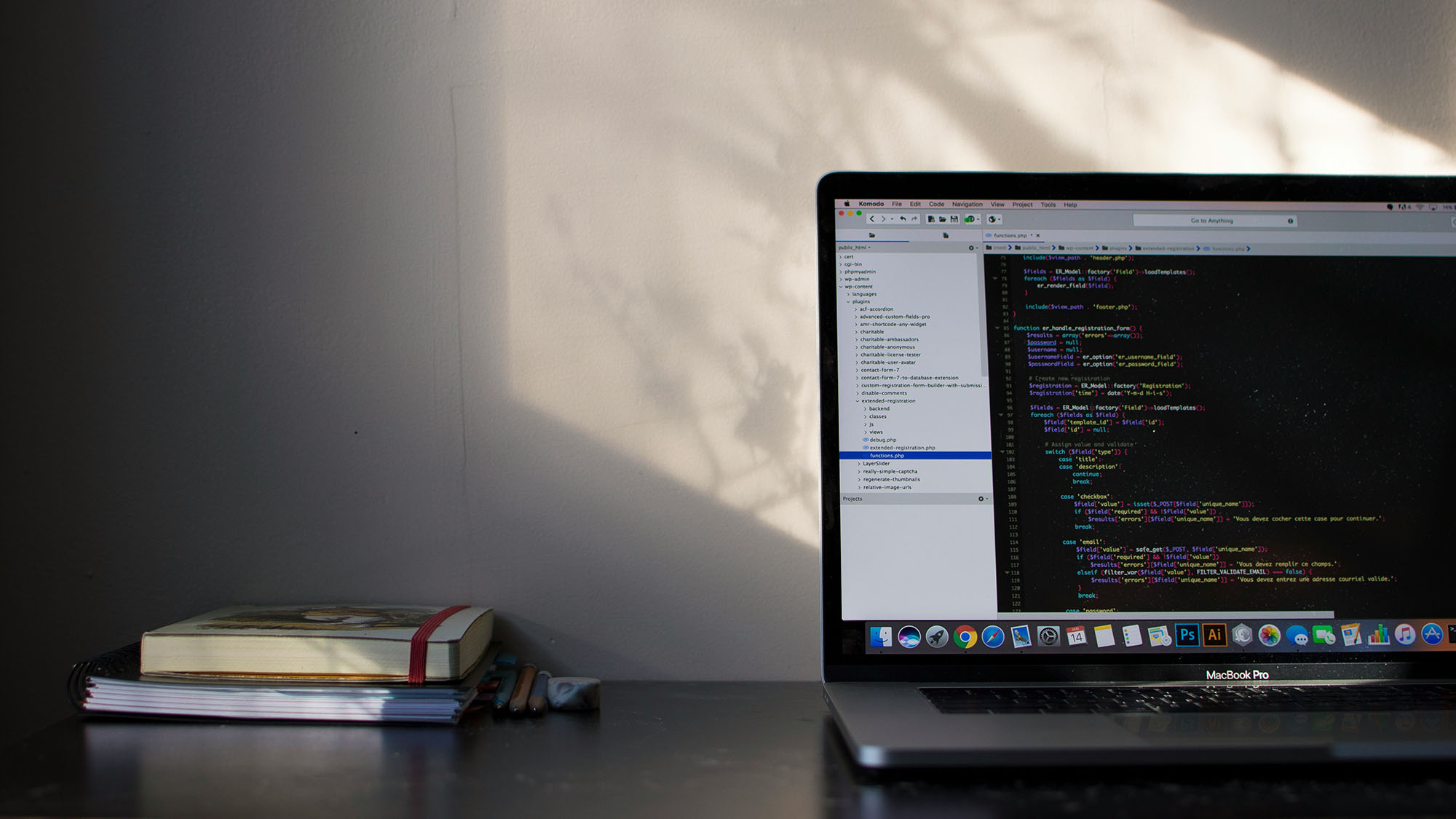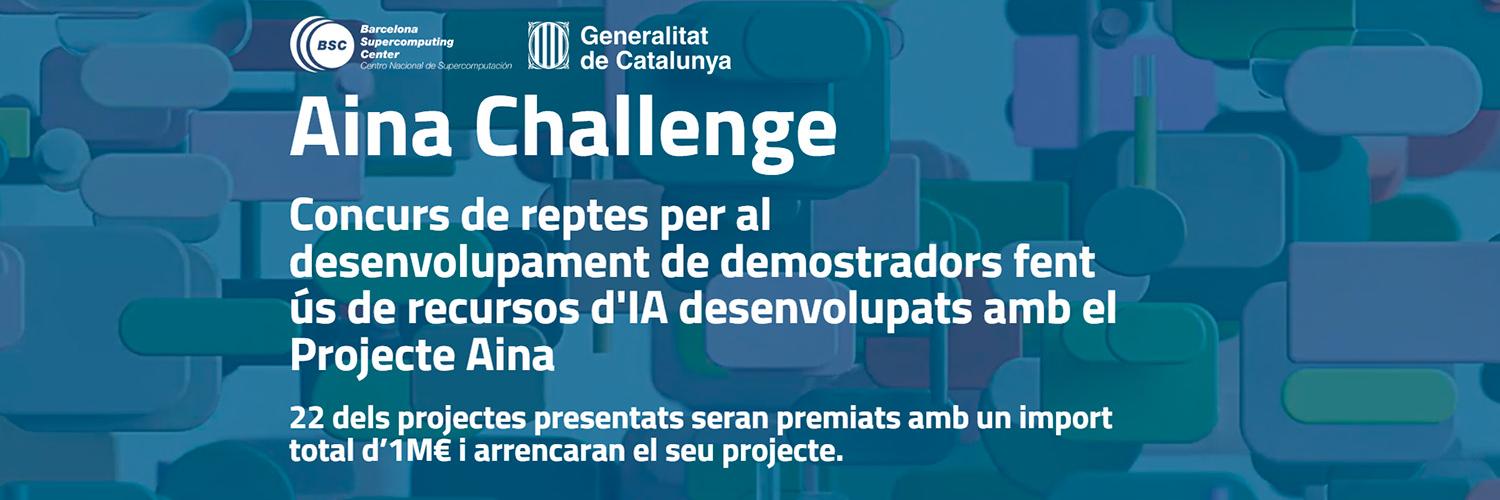All items catalogued by the Network have been developed by the AccessCat research groups and are based on their scientific research.
Since its creation in 2023, the Network has managed to catalogue 10 technologies, 16 services, and 33 online and open educational resources, all developed by the AccessCat research groups. Since its inception, the Network’s mission has been to catalogue, disseminate, and transfer all these services, technologies, and resources, which you may view on the Network’s online catalogue, now updated thanks to an exhaustive revision that includes the progress groups have made, as well as redesigned templates to make looking for information clearer.
In addition, two educational resources, a technology and a service have been added to the catalogue:
- AccessCat decalogue on accessibility to street art: Document that offers ten pieces of advice and guidelines on accessibility to street art. Developed by researchers Blanca Arias (TraDiLex, UPF), Anna Matamala, Carme Mangiron, and Estel·la Oncins (TransMedia Catalonia, UAB).
- Infographic "More Accessible Museums and Heritage": Infographic with recommendations and resources to apply current legislation on accessibility to facilities in the museum and heritage sector. Developed by researchers Andrea Granell Querol (DIDPATRI, UB), Blanca Arias (TraDiLex, UPF), and Estel·la Oncins (TransMedia Catalonia, UAB).
- Automatic speech synthesis technology: Text-to-voice technology, suitable for use when the user has reading or speaking difficulties. Developed by CLiC research group (UB).
- PlanAccess: Service for diagnosing and developing communicative accessibility based on research and validated by the final users. Developed by researchers Blanca Arias and Irene Hermosa (TraDiLex, UPF).
The Network continues to work in order to update the catalogue with new resources, services, and technologies from the groups. To keep up-to-date, you can follow AccessCat’s social networks (LinkedIn and X/Twitter), where future updates will be posted.



